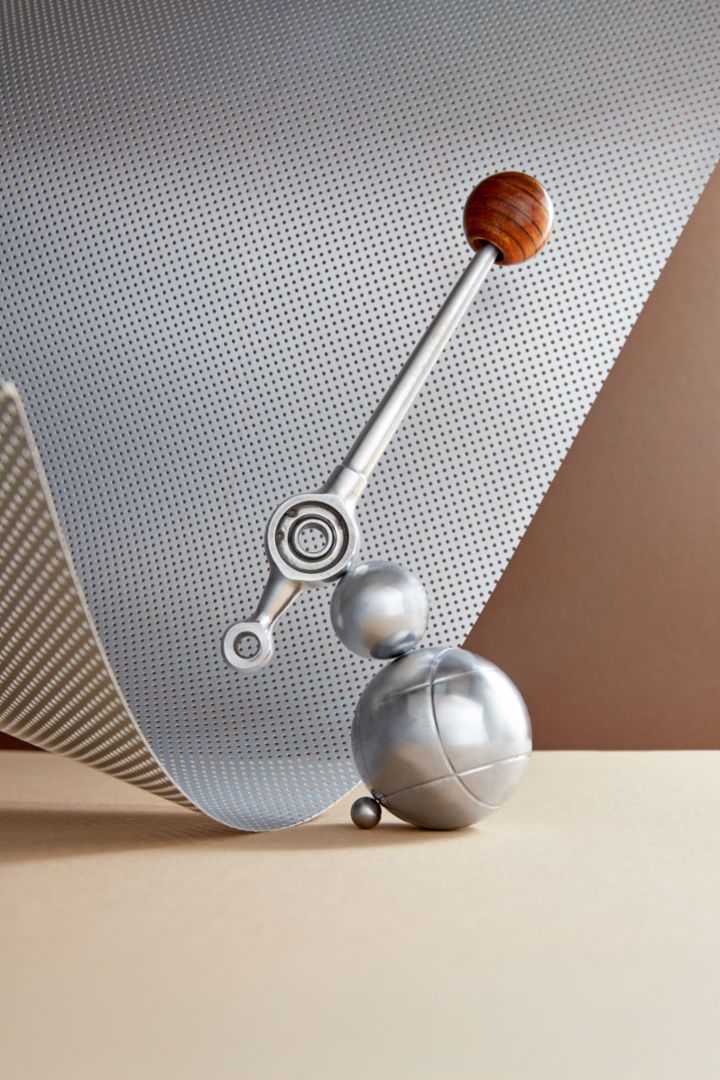Lap Time: The Unfinished Race
In 1982, Jacky Ickx led a Porsche one-two-three victory. Only the photographer was disappointed.
By the end, they weren’t in any hurry. The three Porsche 956 cars up front had such a comfortable lead that they were able to line up for the perfect finish line photo a number of laps before the end of the 24 Hours of Le Mans. That’s not to say the classic endurance race was a walk in the park for the Porsche factory team in 1982 – the number 2 car’s speed limiter had to be replaced, while the number 3 car, which was in the lead for a long time, suffered wheel bearing and shaft seal failures and the driver’s door flew off. Jacky Ickx and Derek Bell in the number 1 car made it through the day and night without any notable mishaps and led the trio.
Overall, the reliability and performance of the 956 were more than impressive for a race car which saw the Motorsport department entering completely unknown territory. Team Coordinator Jürgen Barth had performed the first laps in it at the proving ground in Weissach less than three months before the season highlight. Project Manager Norbert Singer took the tried-and-true type 935/76 six-cylinder, four-stroke boxer engine with two KKK turbochargers from the 1981 Porsche 936, but everything else had been changed. It was the first time the chassis of a Porsche race car was based not on a space frame, but on an aluminum monocoque. For the first time, Porsche had constructed what’s known as a wing car with a curved underbody that works like an inverted wing. On corners, the 956 applies itself to the asphalt with up to 3 g – without any increase in drag.

The turbo era marked the beginning of a new age. The performance figures increased sharply. Ickx and Bell had already achieved average speeds of above 200 kmh in Le Mans with the Porsche 936 in 1981. The officials then responded for safety reasons, and tank size, fueling processes, and fuel volumes were strictly limited in the Group C category that applied from 1982. For the first time in 1982, the Porsche pit in Le Mans featured a computer used to monitor consumption and optimize the fueling strategy. Engine performance, which was reduced in favor of range, was around 620 PS (456 kW) with a compression ratio of 7.2:1. Even so, Ickx and Bell beat their previous year’s speed record!
As the neatly aligned Porsche trio edged toward victory, things began to happen very fast. Thousands of fans stormed onto the finishing straight and couldn’t be contained. The organizer then abruptly declared the race over on the Mulsanne hairpin and the cars were guided to the parc fermé after the Ford chicane.
The team was nevertheless delighted. A beaming Jacky Ickx was crowned Le Mans winner for the sixth time, while Derek Bell scored his third win. The one-two-three win was the first milestone in the history of the most successful sport prototype ever. Only one person was not so happy that Sunday in June – the Porsche photographer, who never got his finish line photo.
06/20/1982
24 Hours of Le Mans
France
Jacky Ickx and Derek Bell
13.624-kilometer circuit length
Porsche 956




